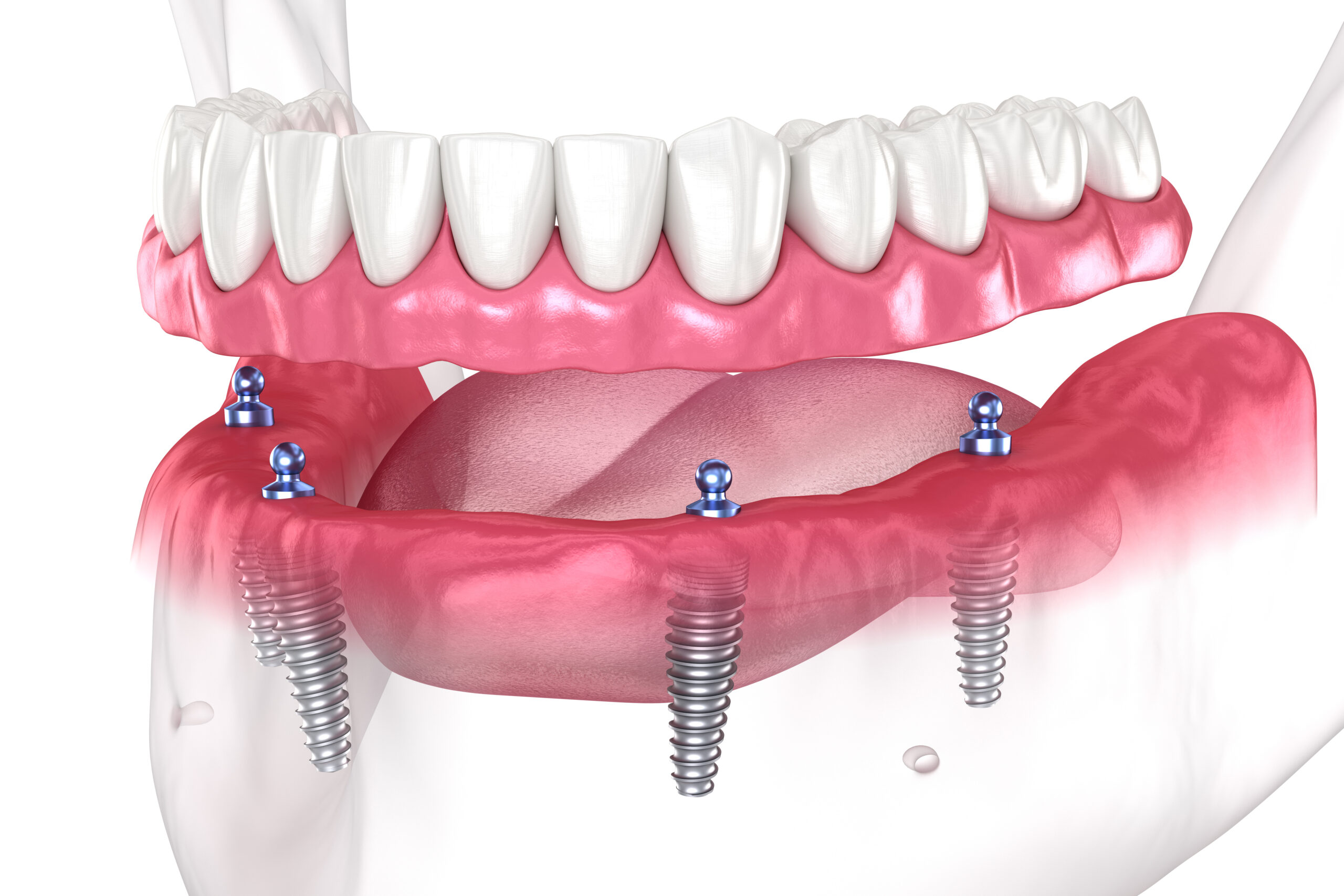The 5-Second Trick For Dental Sense
The 5-Second Trick For Dental Sense
Blog Article
How Dental Sense can Save You Time, Stress, and Money.
Table of ContentsThe Dental Sense IdeasThe Only Guide to Dental SenseFacts About Dental Sense Revealed10 Simple Techniques For Dental Sense
are medical tools surgically implanted right into the jaw to restore an individual's ability to chew or their look. They provide assistance for man-made (phony) teeth, such as crowns, bridges, or dentures. When a tooth is shed due to injury or disease, an individual can experience problems such as quick bone loss, malfunctioning speech, or changes to eating patterns that cause pain.Oral implant systems include a dental implant body and dental implant abutment and may likewise include a joint fixation screw. Front tooth filling. The oral implant body is surgically placed in the jawbone in location of the tooth's origin. The dental implant joint is normally connected to the dental implant body by the abutment fixation screw and expands with periodontals into the mouth to sustain the affixed man-made teeth
(https://pxhere.com/en/photographer-me/4492670)Framework of The Dental Implant System selecting dental implants, talk to your oral supplier about the possible advantages and threats, and whether you are a candidate for the procedure. Points to think about: Your total health and wellness is a crucial consider identifying whether you are an excellent prospect for oral implants, the length of time it will require to heal, and the length of time the dental implant might remain in place.
Cigarette smoking may impact the recovery procedure and lower the lasting success of the implant. The recovery process for the dental implant body might take numerous months or longer, throughout which time you typically have a temporary abutment instead of the tooth. the dental implant treatment: Thoroughly comply with the oral health directions offered to you by your oral supplier.
The Basic Principles Of Dental Sense
Implant failing can lead to the requirement for an additional medical procedure to deal with or replace the dental implant system. Recovers the capability to eat Brings back cosmetic appearance Helps keep the jawbone from shrinking due to bone loss Preserves the wellness of the surrounding bone and gums Helps maintain surrounding (nearby) teeth secure Enhances high quality of life Damages to surrounding all-natural teeth during implant positioning Injury to the surrounding cells during surgical procedure, such as sinus perforation Injury throughout surgery (as an example, fracture of bordering jawbone) Insufficient feature, such as seeming like the teeth do not attack with each other typically A feeling that the tooth is loosened or twisting in position resulting from an abutment screw loosening up Implant body failing (looseness of the implant body) due to systemic infection, which might be much more likely in patients with uncontrolled diabetics issues because of neighborhood infection in bone and periodontals supporting the dental implant body due to delayed recovery, which may be most likely in people who smoke Trouble cleaning up the periodontals around the implant, causing inadequate oral health Neglected gum illness Post-surgical tingling due to nerve impingement or damage Constantly notify healthcare carriers and imaging specialists that you have oral implants before any magnetic resonance imaging (MRI) or x-ray treatments.
FDA is not knowledgeable about any kind of unfavorable occasions reported for MRI or x-ray procedures with dental implants. Oral implants systems are typically made of materials that follow international agreement requirements of the International Organization for Standardization (ISO) or ASTM International. These criteria have information of what makes a secure product.

A dental implant is a structure that replaces a missing tooth. With screw-like gadgets, the surgeon inserts an implant right into the jawbone, and it serves as an anchor for an artificial tooth, called a crown. A device called a joint links the artificial tooth to the oral implant. The crown is personalized to fit the individual's mouth and match the shade of their teeth.
Dental Sense Can Be Fun For Everyone
Some individuals are not qualified for oral implant surgical procedure. It is for dental specialists to operate individuals with: acute illnessuncontrollable metabolic diseasebone or soft cells condition or infectionIf these issues are resolved, an individual can have the surgery. In, oral specialists avoid operating on individuals with: If people with any of the above go through oral implant surgery, there is a higher threat of the dental implant stopping working.

Dental dental implant surgery is a customized process. Give you time to recover. Affix the article and last crown, bridge or denture.
Next off, your specialist will carefully put the oral implant into your jaw. If your implant is near the front of your mouth, your dental professional will make a short-lived tooth for you to wear until you heal.
Little Known Facts About Dental Sense.
During the recovery stage, your jawbone needs to fuse to the oral implant. This procedure can take anywhere from three to 9 months.
As soon as your dental implant heals, your dental practitioner can connect the joint (tiny connector message) and your final remediation (crown, bridge or denture). This typically takes about one hour to complete and may call for a second minor surgery. You shouldn't really feel any kind of discomfort throughout your oral implant procedure due to the fact that your copyright will use drug to numb your periodontals.
Report this page